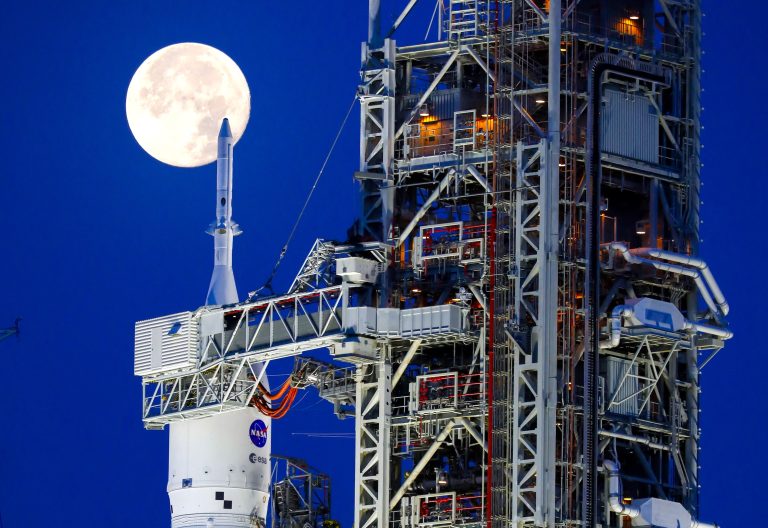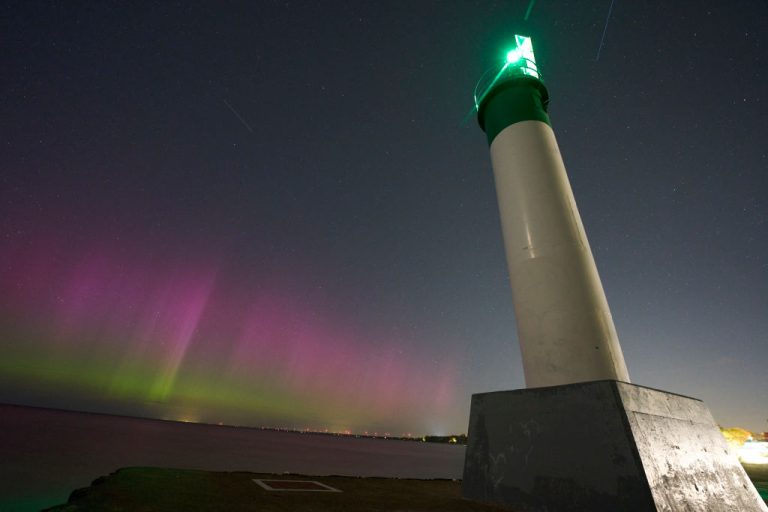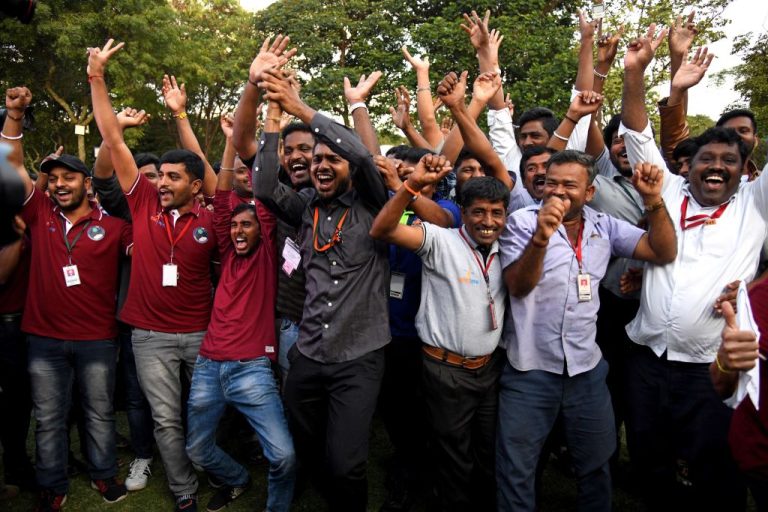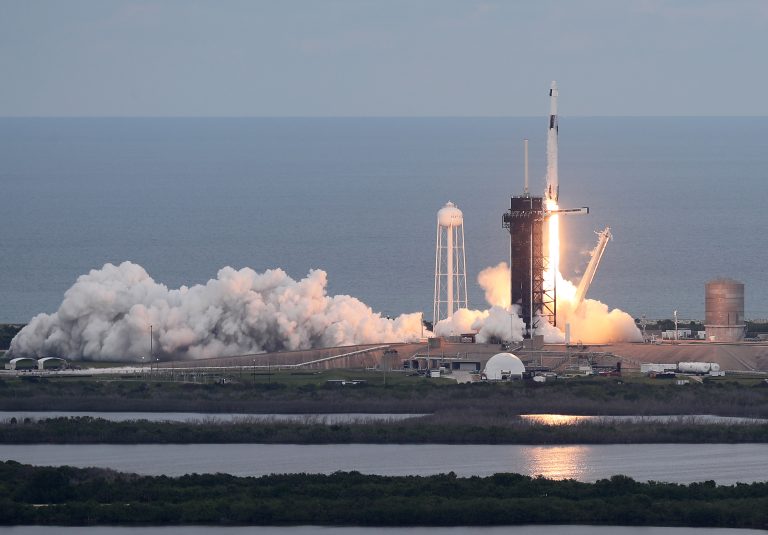The Chinese moon program completed a groundbreaking mission on Tuesday (June 26), with its Chang’e-6 robotic probe bringing back humanity’s first samples of moon rocks from the far side of the lunar surface.
Named for the mythical lady of the moon Chang’e (嫦娥), the spacecraft’s nearly two-month mission garnered international attention.
NASA Administrator Bill Nelson congratulated the Chinese on their fourth successful moon landing, while stressing that America’s own new lunar program — Artemis — is on track to meet its own objective of having astronauts back on the moon by 2026.
China’s Lunar Exploration Program, also called the Chang’e Project, intends to send Chinese spacefarers to the moon by 2030. Both the U.S. and China hope to build bases at the moon’s southern pole, which is believed to contain ice.
Finding and using water on the moon is seen as a critical step for humans to expand to other parts of the solar system, such as Mars. Water is not only necessary for human and other life, but also can be broken down into oxygen and hydrogen to fuel rockets.
Success
You are now signed up for our newsletter
Success
Check your email to complete sign up
In recent comments, Nelson had described to the Washington Post the recent strides by Beijing in its space ambitions.
“I’ve been fairly pointed in my comments that we’re in a space race with the Chinese,” Nelson said, noting the CLEP’s ability to meet its stated goals. “They usually say what they mean, and they execute on what they say.”
Artemis moon landing program ‘on schedule’
NASA’s Artemis program began in 2017 under the Trump administration, following the re-establishment of the Obama-era National Space Council. It is named for the Greek goddess Artemis, twin sister of Apollo — namesake of the original American lunar program that produced multiple successful crewed moon landings.
To date, the United States is the only country to have landed humans on the moon, though Russia (including the former Soviet Union), China, and India have successfully sent probes to explore the lunar surface. In 2021, China also landed a rover on Mars, the third country after the U.S. and Soviet Union to do so.
- White House Directs NASA to Create Time Standard for the Moon
- Northern Lights: Solar Storm Makes Spectacular Auroras Visible to Millions
The Artemis program is “right on schedule” to make a manned flyby of the moon next year, followed by a crewed landing on the moon in 2026, Nelson told the Washington Post. Those missions will be Artemis II and Artemis III, respectively.
In late 2022, Artemis I — consisting of a Space Launch System (SLS) rocket carrying an Orion spacecraft — traveled to and orbited the moon.
Though the Orion module successfully returned to Earth, NASA discovered more than 100 areas in which its heat shield “wore away differently than expected” upon re-entering the atmosphere.
A spring 2023 report released by NASA warned that these issues could “lead to the loss of the vehicle or crew.”
In 2003, the space shuttle Columbia was lost after too many of its protective heat-resistant tiles fell off during re-entry, leading to a fire that destroyed the spacecraft and killed all seven of its crew members.
Currently, most of humanity’s activity is space is carried out by unmanned rockets and satellites. A coalition of countries, including the U.S. and Russia, operate the International Space Station, while China is planning a third Tiangong space station after two previous versions were sent into and out of orbit in the 2010s.
Cooperation and competition
Unlike the Apollo program, which made use of a single Saturn V rocket to bring astronauts to lunar orbit and land on the moon, NASA plans to use Orion to get to the moon’s orbit, then use the Starship HLS lander — built by private firm SpaceX — to transport the crew to the surface.
Starship would then take the astronauts back to Orion for the return trip to Earth.
SpaceX, headed by technocrat mogul Elon Musk, recently conducted a fourth test of the Starship rocket, a super-heavy launch vehicle that is to date the biggest rocket ever flown.
“SpaceX’s success in their last Starship flight” is a “good indicator” that NASA will be able to get to the moon faster than China.
However, he added a few caveats: Starship still needs to prove the ability to fly to and land humans safely on the moon, as well as be refueled in orbit around the Earth — tasks that could take years.
- US Expands Sanctions on Chinese Firms Supplying Russia’s War Effort
- Vladimir Putin Visits North Korea in Boost for Growing Alliance
Nelson also spoke about the need for the U.S. and China to establish protocols for interactions in space and, in future, on the moon. The Chinese Communist Party (CCP) has been widely accused of using China’s space program as part of its military forces. In any major conflict, Beijing’s main potential adversary would be the United States.
The United States and its allies have been pushing for a space treaty known as the Artemis Accords, which would help forestall further militarization of — or conflict in — space. Signatories would agree to follow international norms in space and on the moon, as well as share details of their research and activities.







